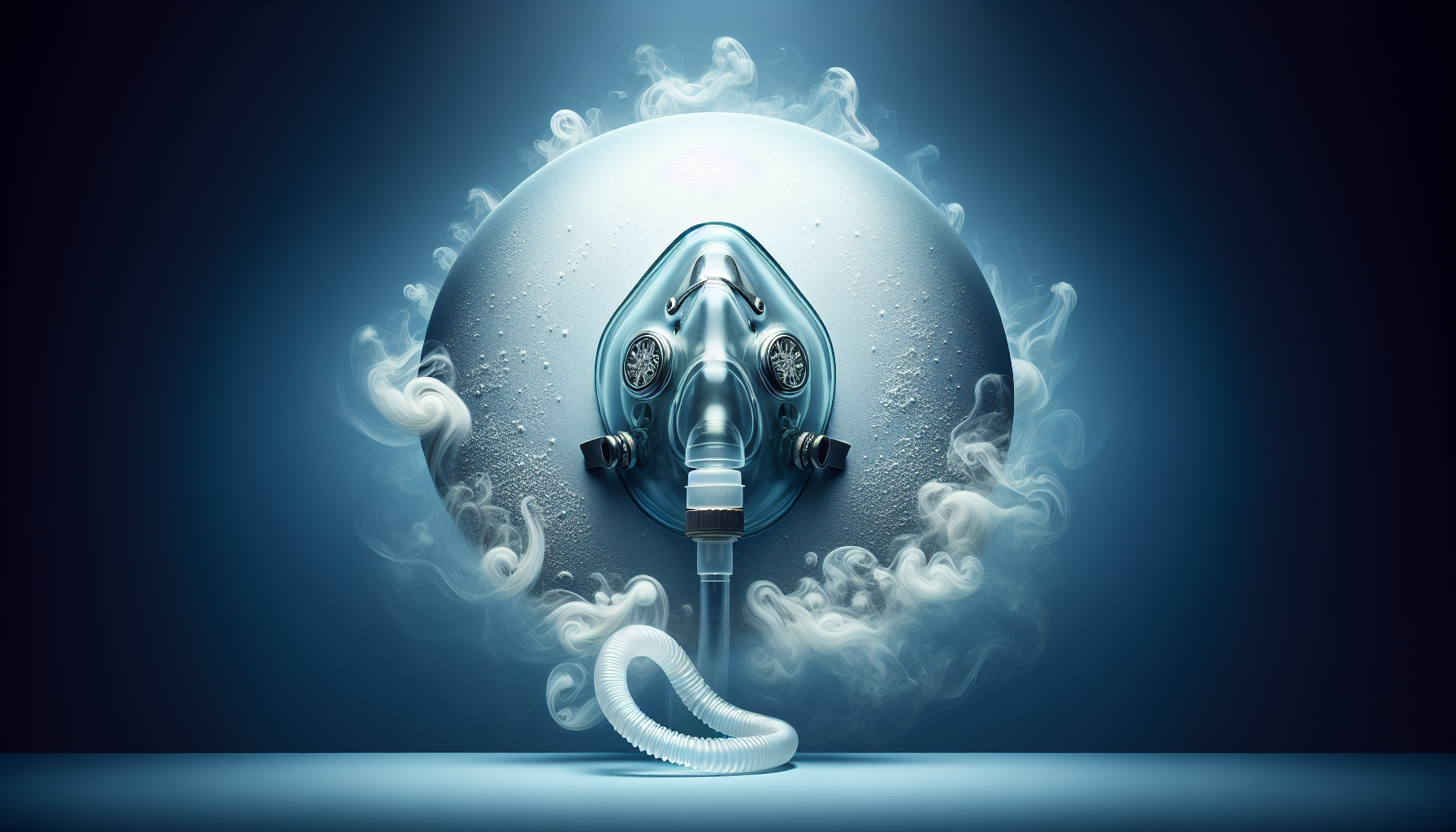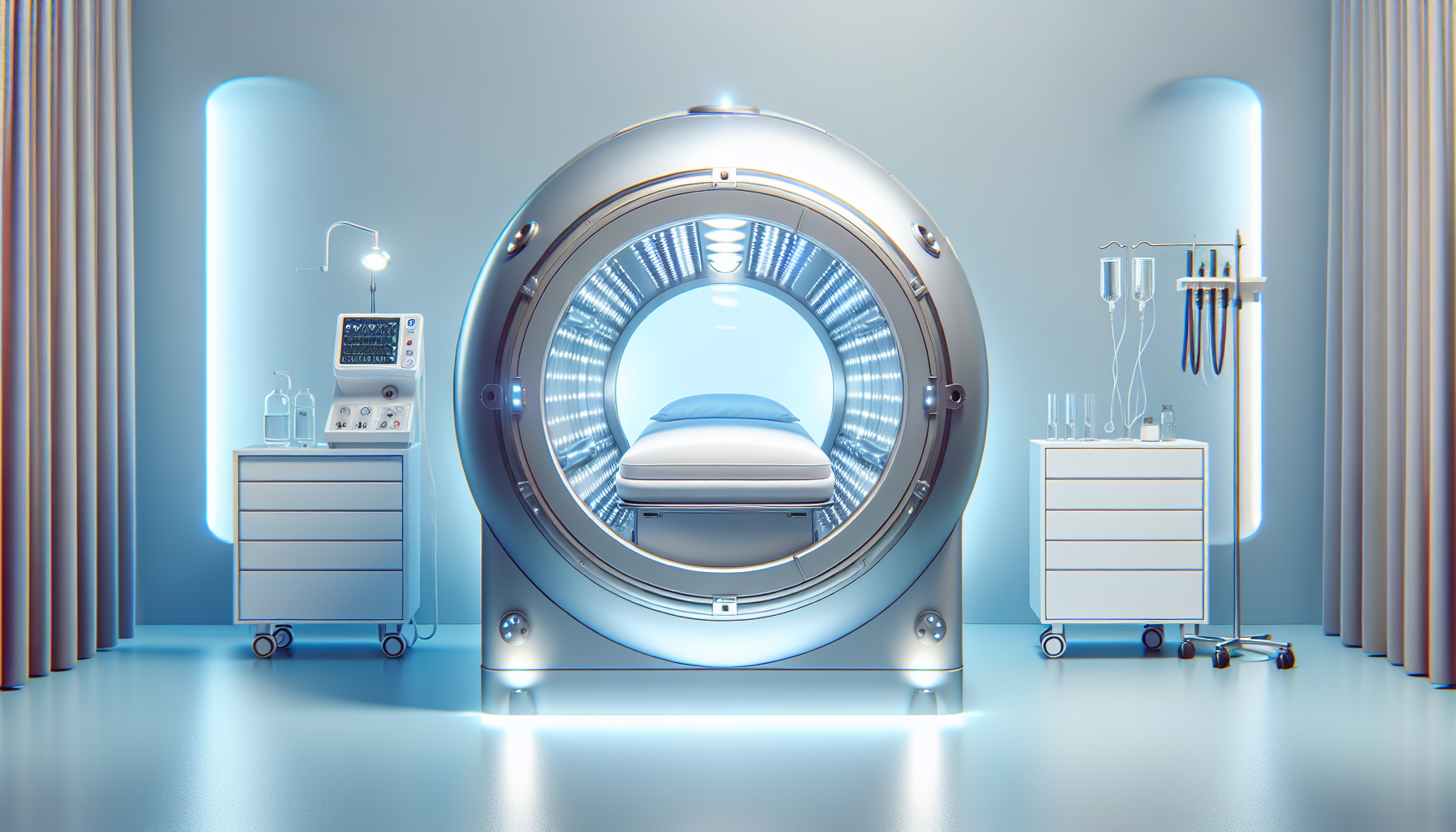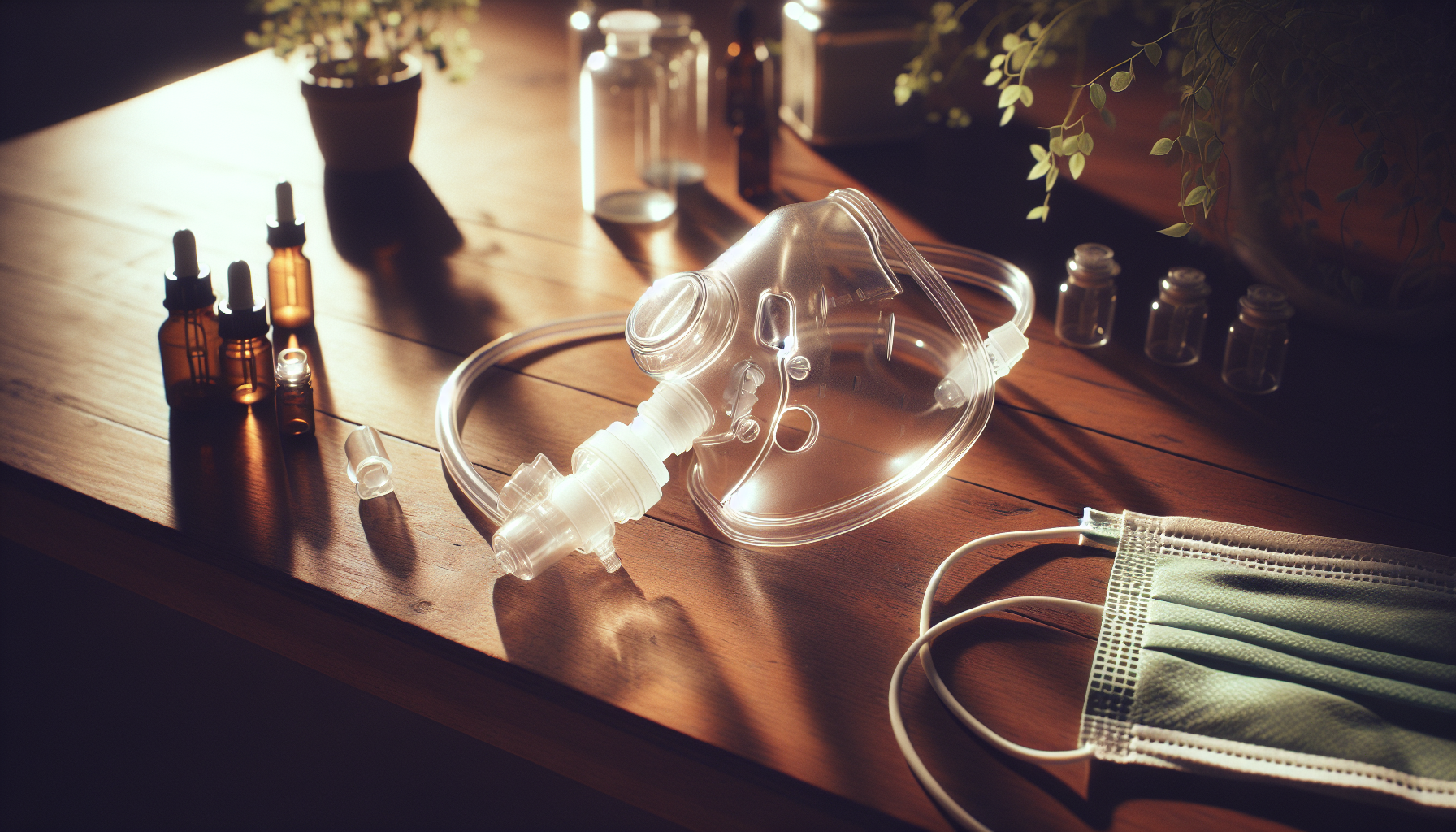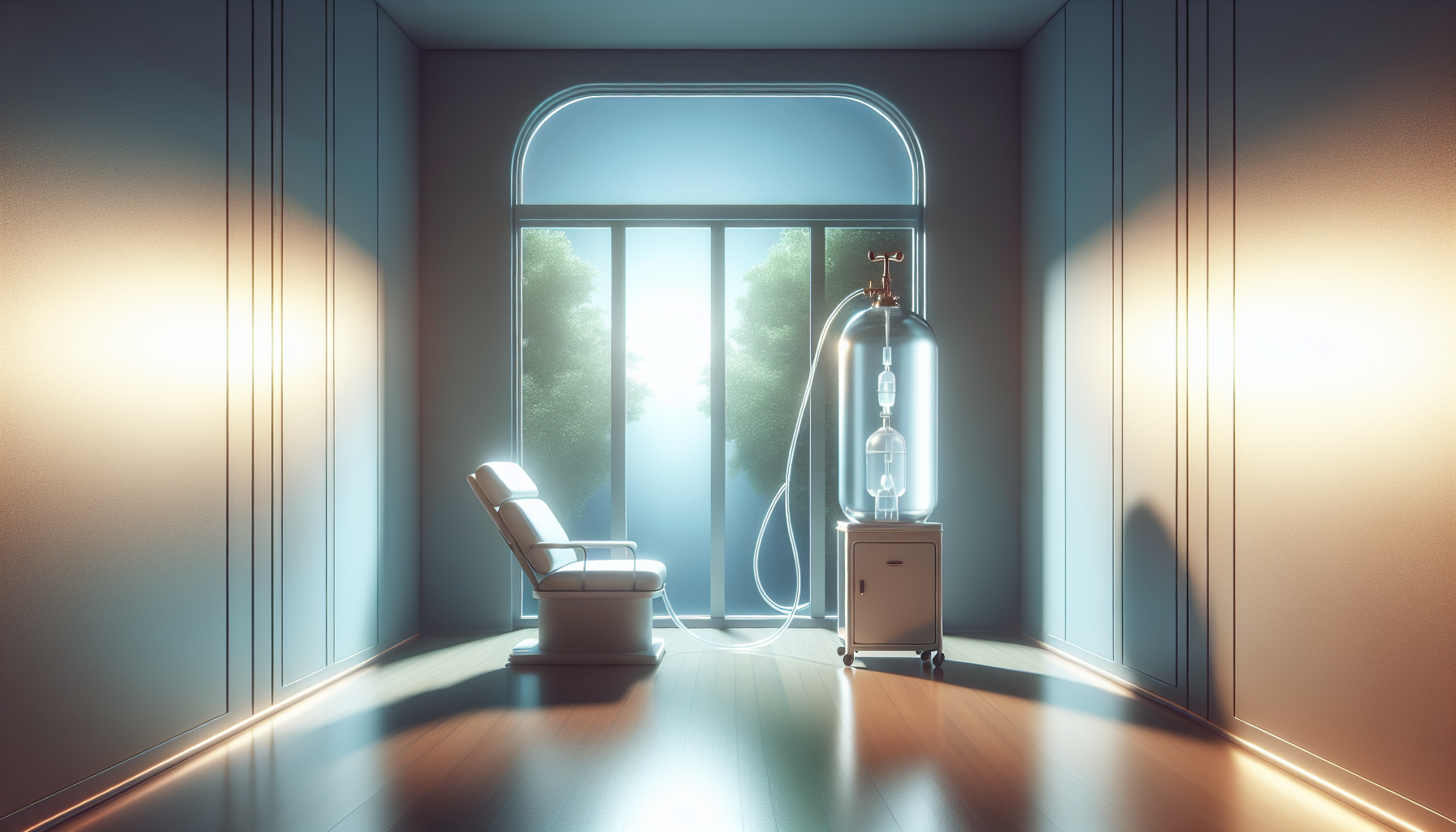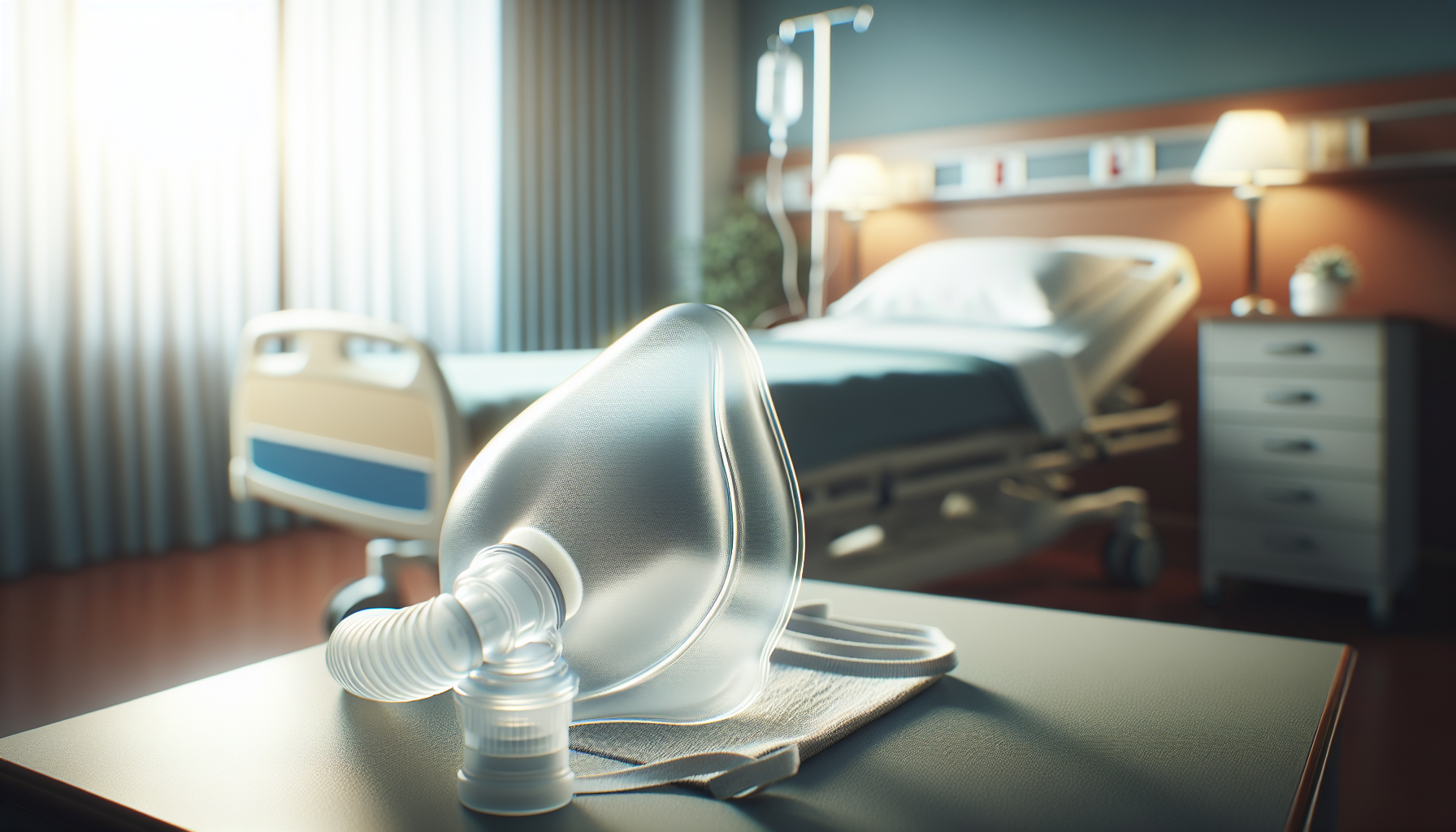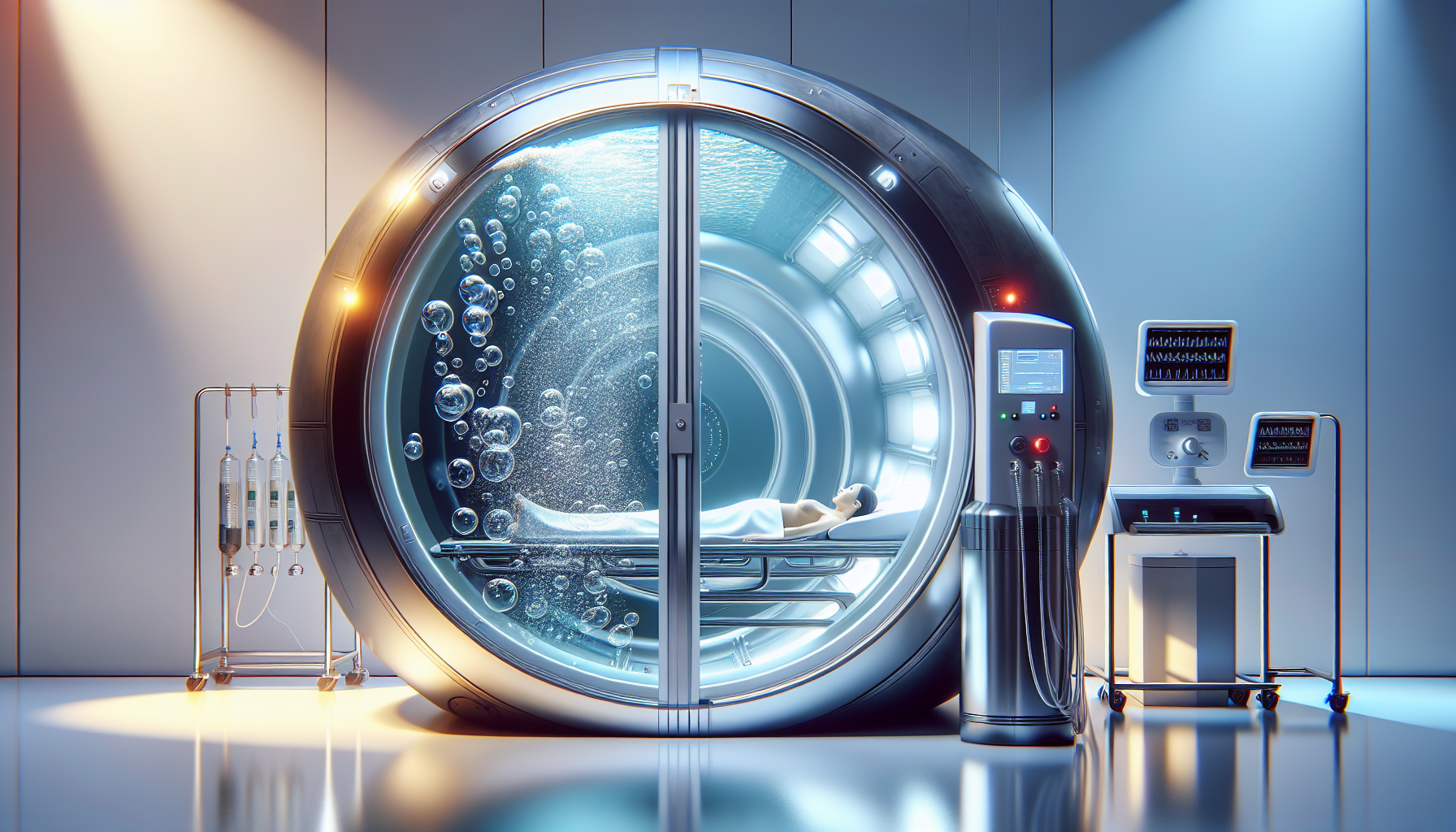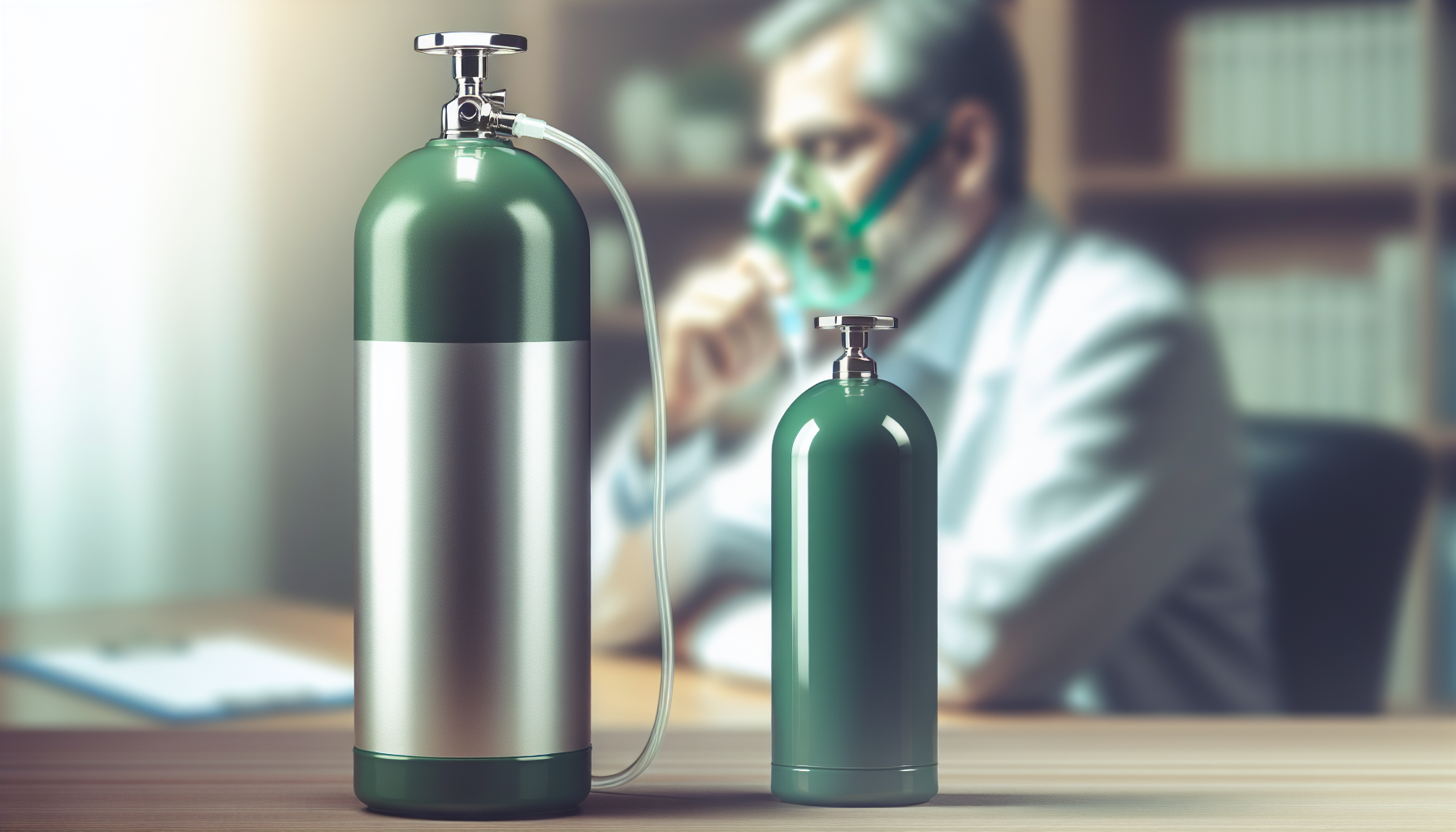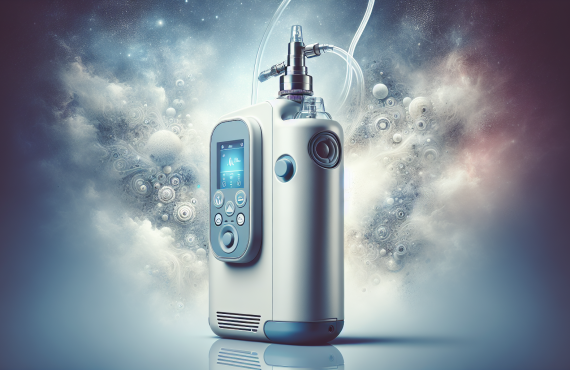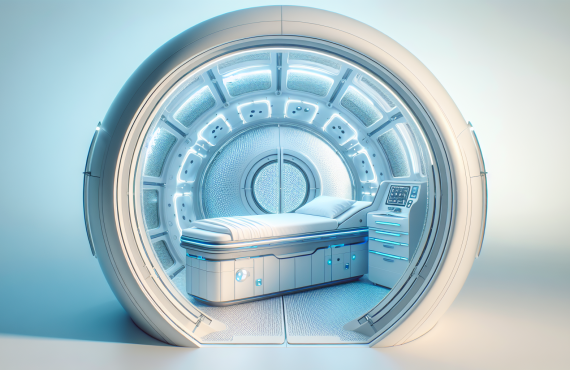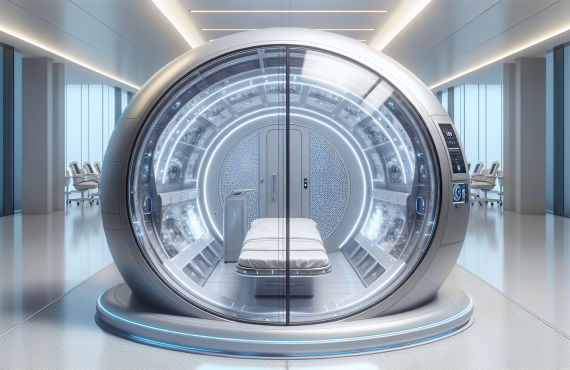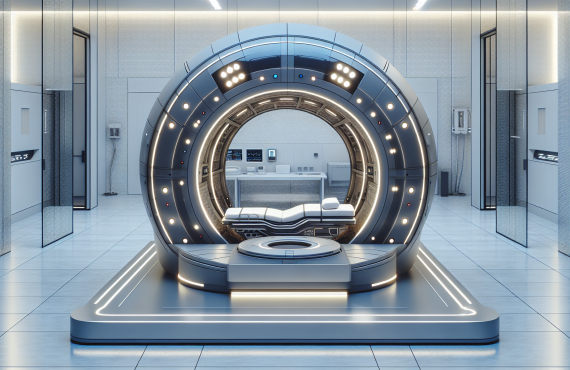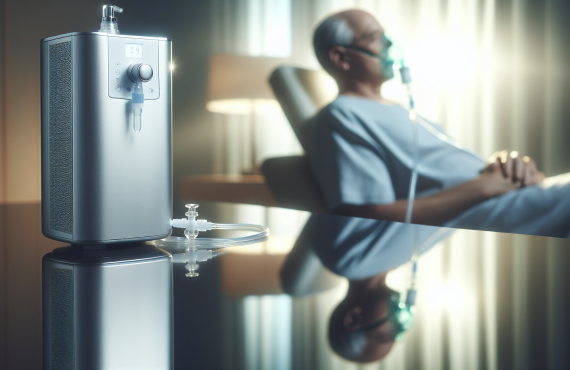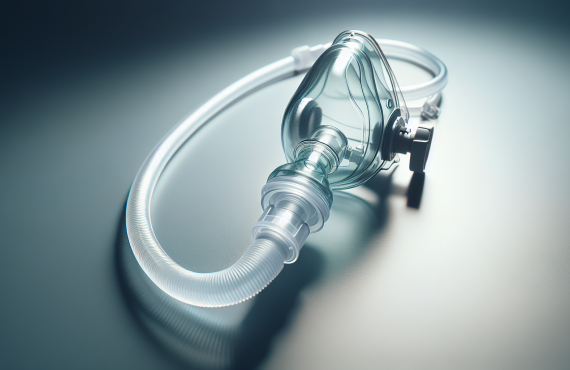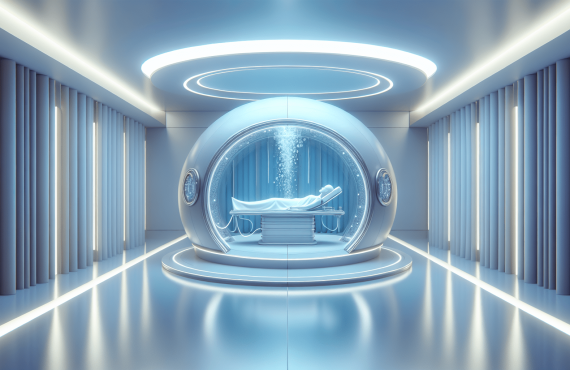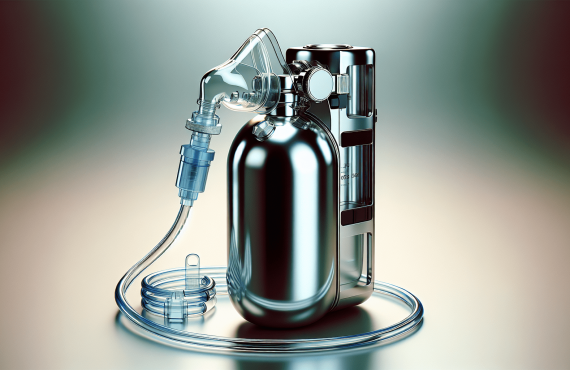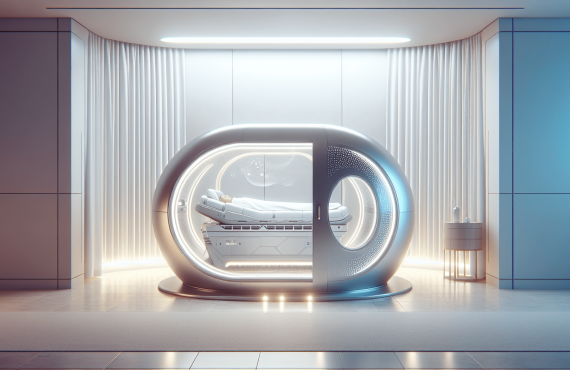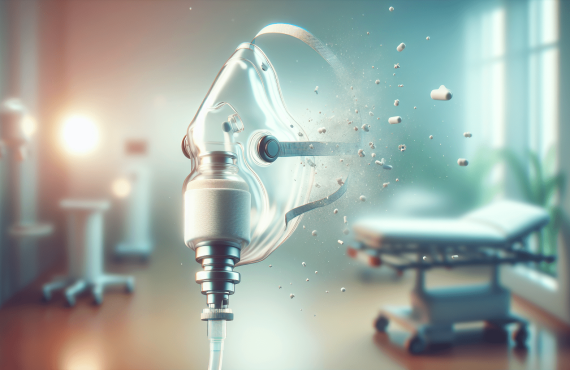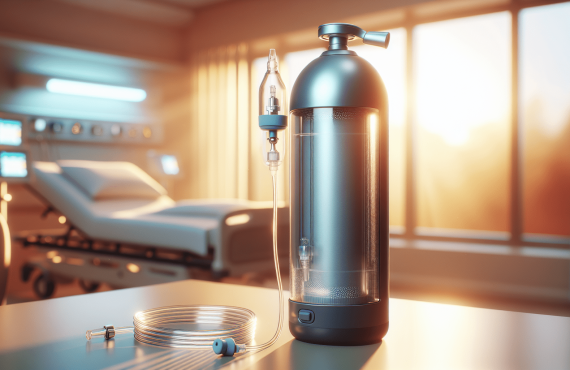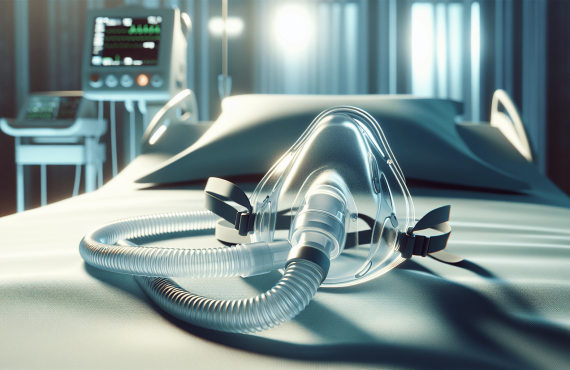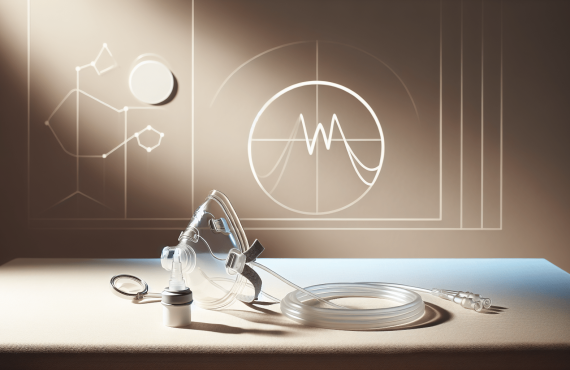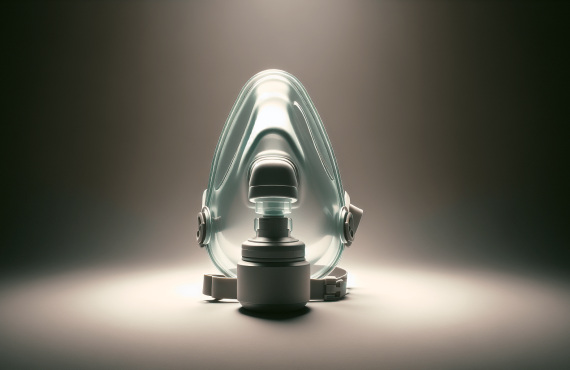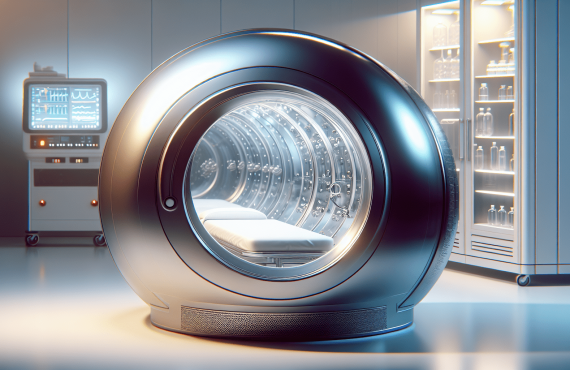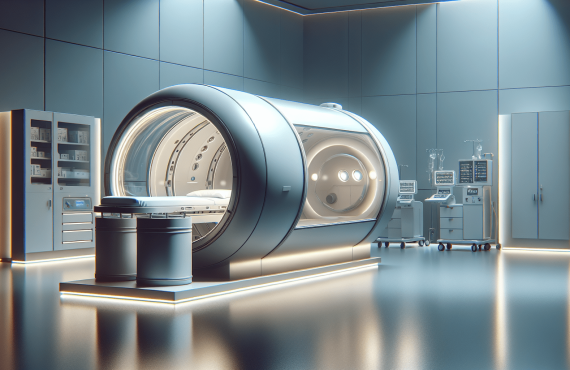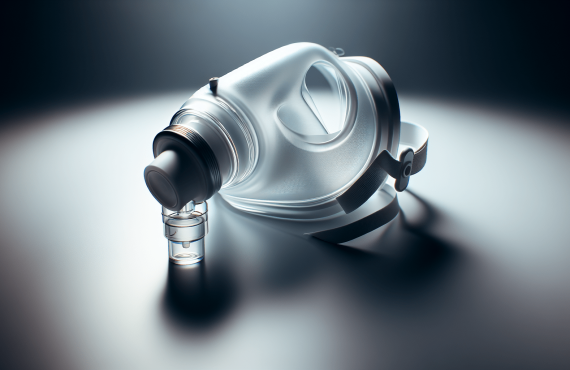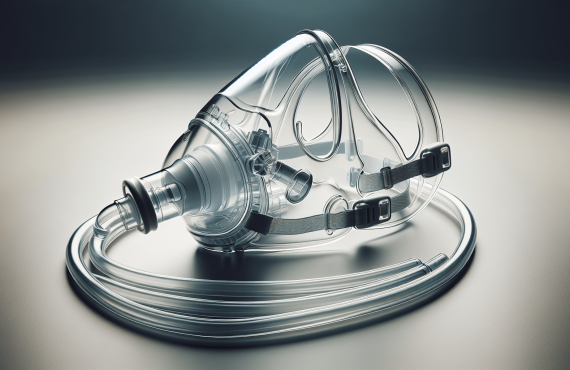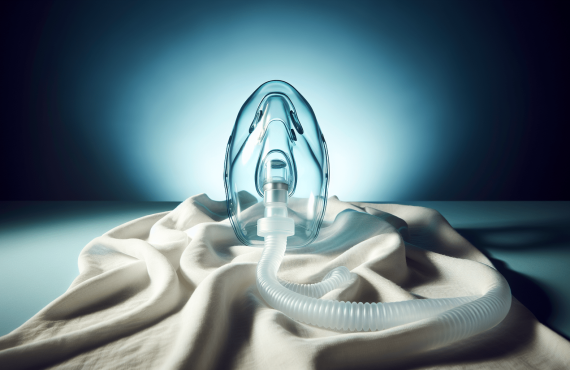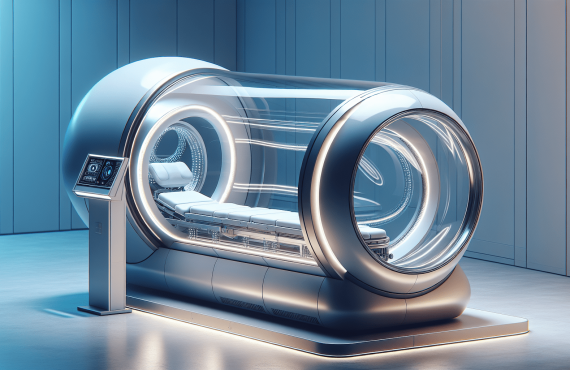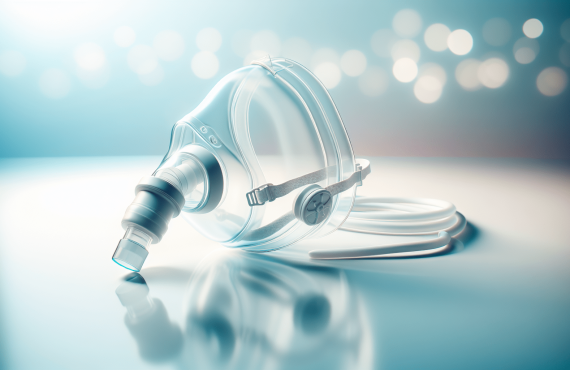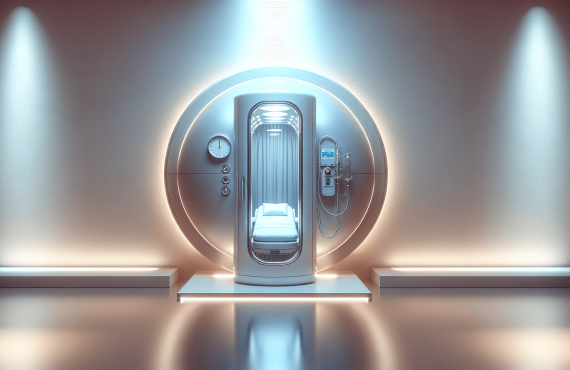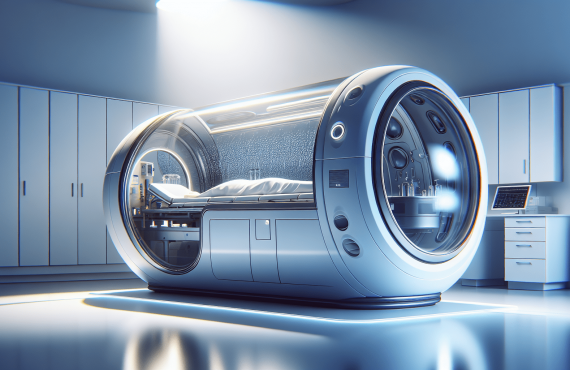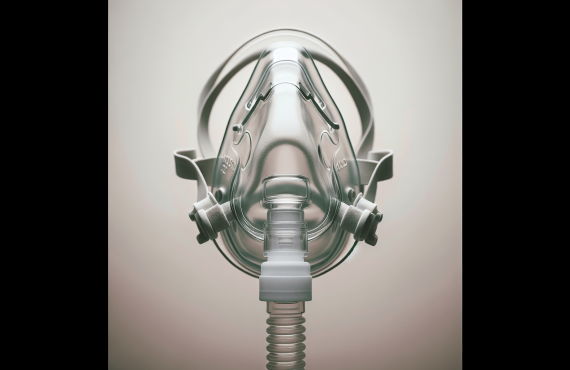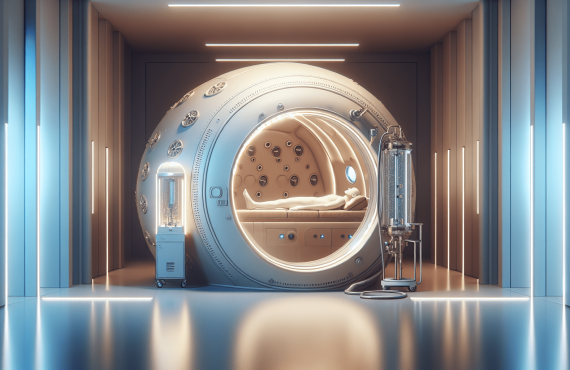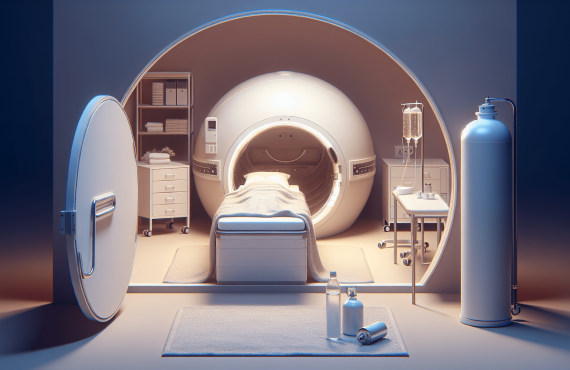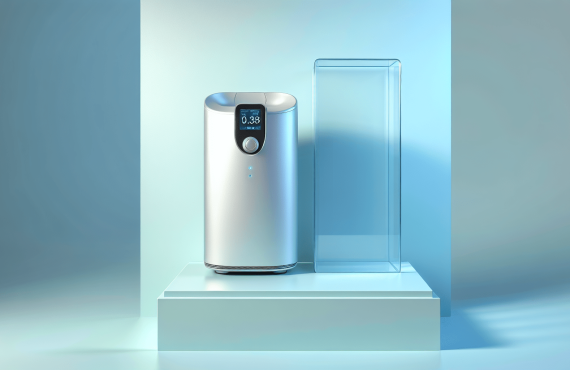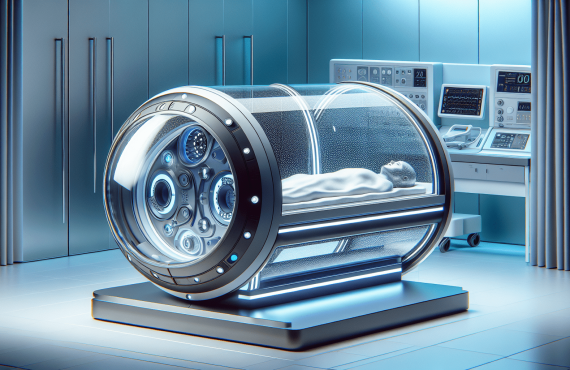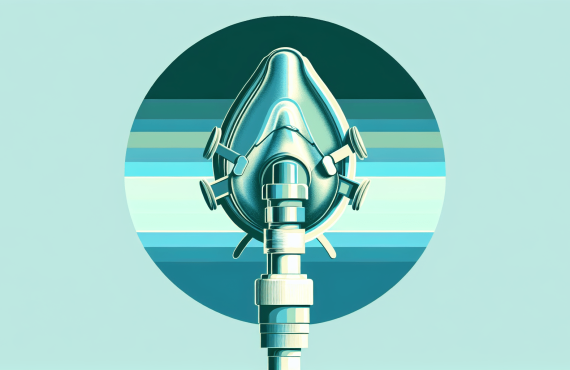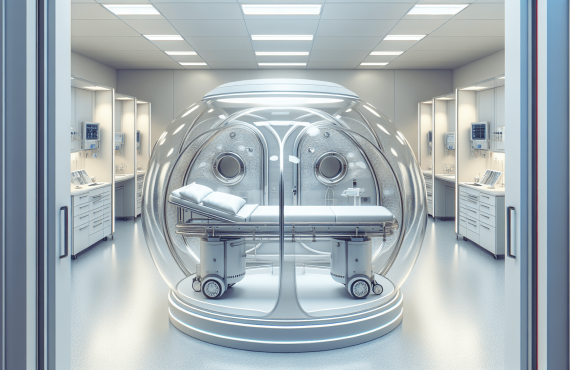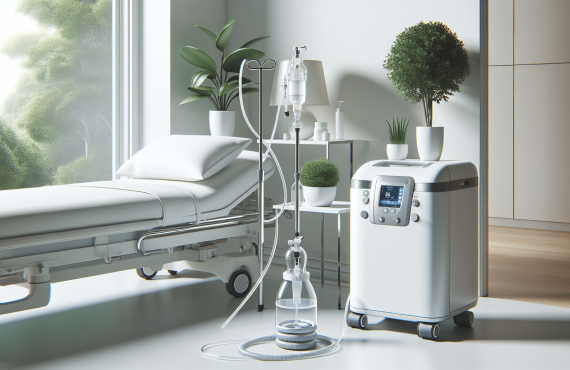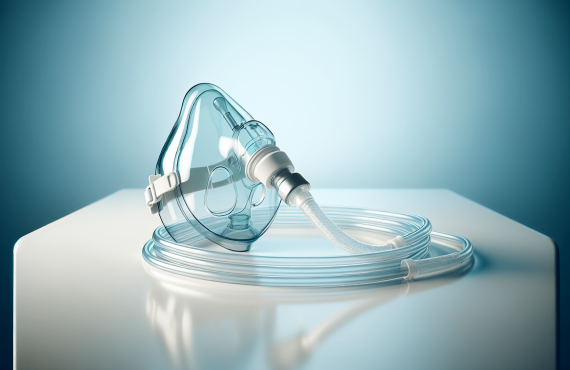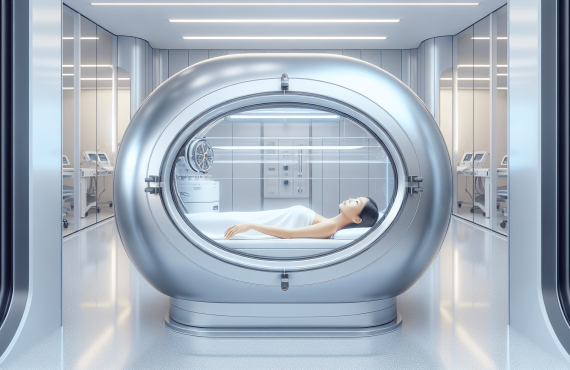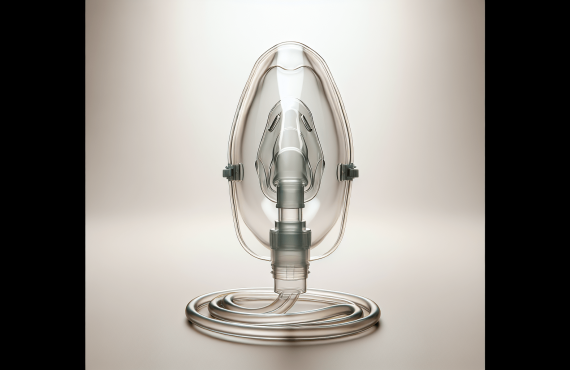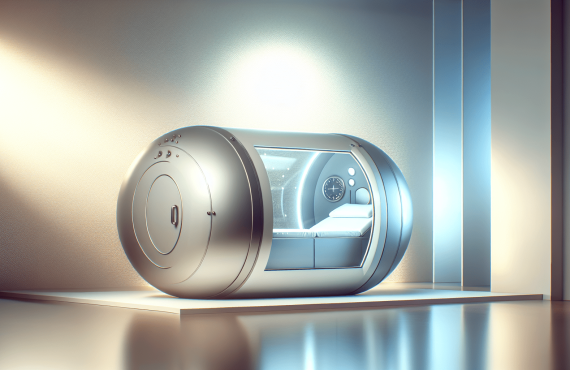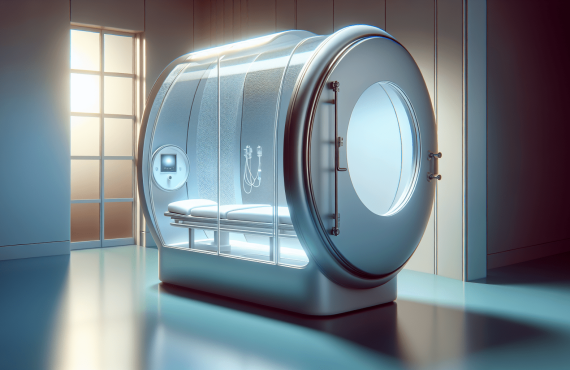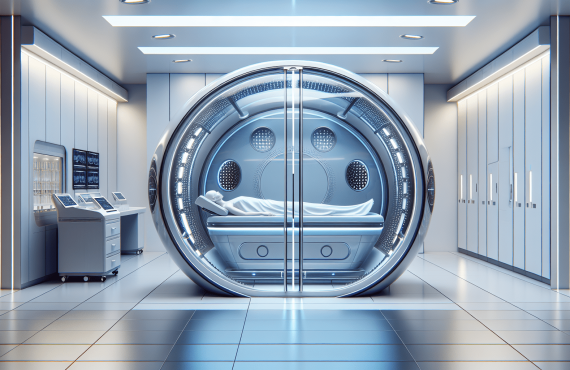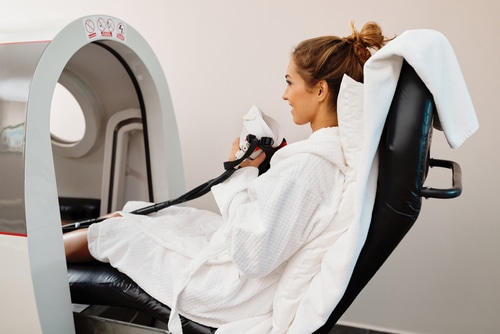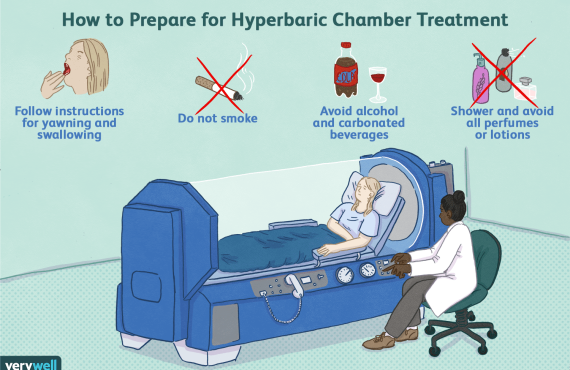Have you ever wondered how long you might need to stay on oxygen therapy? It’s one of those questions that can weigh heavy on the mind, especially when your breathing doesn’t quite feel like it should. Understanding oxygen therapy and how it fits into your life can be a journey full of questions, answers, and maybe a bit of humor along the way.

Table of Contents
Understanding Oxygen Therapy
Let’s start with the basics, shall we? Oxygen therapy is all about giving your lungs a helping hand. When your body doesn’t get enough oxygen on its own, supplemental oxygen is there to save the day.
What is Oxygen Therapy?
Oxygen therapy involves breathing in oxygen through a mask or tubes placed in your nostrils, called nasal cannulas. This process helps make sure your body gets the right amount of oxygen to function properly. The therapy is usually prescribed for conditions like chronic obstructive pulmonary disease (COPD), heart failure, or any condition that affects how well your lungs work.
Types of Oxygen Therapy
Oxygen therapy isn’t a one-size-fits-all affair. There are different methods depending on your medical needs:
- Continuous Flow: Provides a steady and constant stream of oxygen.
- Pulse Dose: Supplies oxygen only when you inhale.
Portable oxygen concentrators have made life with oxygen therapy much easier. You can carry these sleek machines around, giving you the freedom to live your life largely uninterrupted.
Why Might You Need Oxygen Therapy?
The essence of oxygen therapy is simple: breathing shouldn’t be a chore. Various health conditions can impact how well your lungs pull in oxygen or expel carbon dioxide. In such cases, a little extra oxygen can make your daily activities a lot more pleasant.
How Long Can You Stay on Oxygen Therapy?
Now, onto the question at the heart of the matter. The length of time you spend on oxygen therapy varies. There’s no one definitive answer because it’s based entirely on your specific health needs.
Temporary or Long-Term?
For some folks, oxygen therapy is a short-term affair. You might need it while recovering from an acute illness or during a hospital stay. Others, especially those with chronic lung conditions, may require it for a longer period to manage their condition effectively.
Factors Influencing Duration
Several factors can determine how long you’ll need oxygen support:
- Underlying Health Condition: Your specific diagnosis plays a big role.
- Lifestyle and Activity Level: Higher activity levels might necessitate more oxygen usage.
- Progression and Management of the Disease: As conditions change, so does your need for oxygen.
What the Experts Say
Doctors and respiratory therapists work together to tailor your oxygen therapy. The ultimate goal is to optimize your oxygen levels while ensuring your comfort and independence.
The Role of Hyperbaric Therapy
Speaking of oxygen, have you heard about hyperbaric therapy? It’s like getting an oxygen boost in a sci-fi way, inside a chamber.
What is Hyperbaric Therapy?
Hyperbaric therapy is when you breathe pure oxygen in a pressurized environment, which increases oxygen flow in the bloodstream. This method has been known to promote healing, reduce inflammation, and even help create new blood vessels.
Benefits of Hyperbaric Therapy
Hyperbaric therapy is used for conditions like severe infections, bubbles of air in the blood vessels, and wounds that may not heal due to diabetes or radiation injury.
Getting more oxygen into your system under these conditions helps speed up natural healing processes—think of it as turbo-charging your body’s repair efforts.
Curious to Try?
If hyperbaric therapy sounds like something that might interest you, consulting with health professionals like those at Henry Chiropractic in Pensacola can provide more personalized insight and treatment options.
Managing Life with Oxygen Therapy
Living with oxygen therapy doesn’t mean putting life on pause. There’s plenty you can do to ensure it fits seamlessly into your routine.
Daily Activities
Oxygen therapy can be integrated into most daily activities. Whether you’re traveling, working, or just doing things around the house, having the right equipment and knowing how to use it makes life much easier.
Keeping Active
Exercise remains important, even if you have to juggle a bit more tubing than average. Activities like walking, swimming, or yoga can still be part of your routine. Make sure to discuss any activity plans with your healthcare provider to ensure they’re safe.
Emotional and Social Support
Don’t underestimate the power of having a good support circle. Engage with friends and family, and seek community groups where you can share experiences and tips with others who are also on oxygen therapy.

Regular Check-ins with Your Healthcare Team
Beyond the equipment and initial diagnosis, ongoing communication with your healthcare providers is crucial.
Monitoring Oxygen Levels
Regular monitoring of your blood oxygen levels will help in adjusting your therapy as needed. Devices called pulse oximeters can provide handy insights into how well your therapy is going.
Adjusting Your Treatment Plan
Your needs may change over time, and so should your oxygen therapy. Regular follow-ups ensure the plan remains dynamic and tailored to your current condition.
Professional Support
Healthcare teams, like those at Henry Chiropractic, offer broader support to manage oxygen therapy, providing not just chiropractic care but a holistic approach to improve your life quality.
FAQs About Oxygen Therapy
How is oxygen therapy administered?
Oxygen therapy is typically administered via nasal cannulas or masks, depending on the need. Portable concentrators or oxygen cylinders provide the oxygen.
Can you fly while on oxygen therapy?
Yes, you can fly with certain types of portable oxygen devices. Always consult with your healthcare provider and check with airlines in advance for specific requirements.
Are there side effects to oxygen therapy?
Common side effects can include dry or bloody noses, skin irritation from the mask or cannula, and fatigue. It’s crucial to follow usage instructions to minimize these effects.
Is oxygen therapy addictive?
No, oxygen therapy is not addictive. Your body won’t become dependent on it beyond its medical needs.
How often should oxygen levels be checked?
Your healthcare provider will advise how frequently to check oxygen levels, which can vary based on your condition and treatment goals.
Conclusion
Oxygen therapy might seem daunting initially, but understanding its processes and how it fits into your healthcare routine can bring peace of mind. Whether it’s a short-term requirement or a long-lasting necessity, the ultimate aim is to improve your quality of life, empower you to be active, and support you in feeling your best.
And if you’re in the Pensacola area, remember that Dr. Craig Henry and Dr. Aaron Hixon at Henry Chiropractic are available to guide and assist with not only oxygen therapy but your overall health and wellness path. Balancing technical insight with compassionate care, they’re there to ensure your journey is both effective and pleasant. Don’t hesitate to give them a call at (850) 435-7777 or visit their website at drcraighenry.com for more information.













